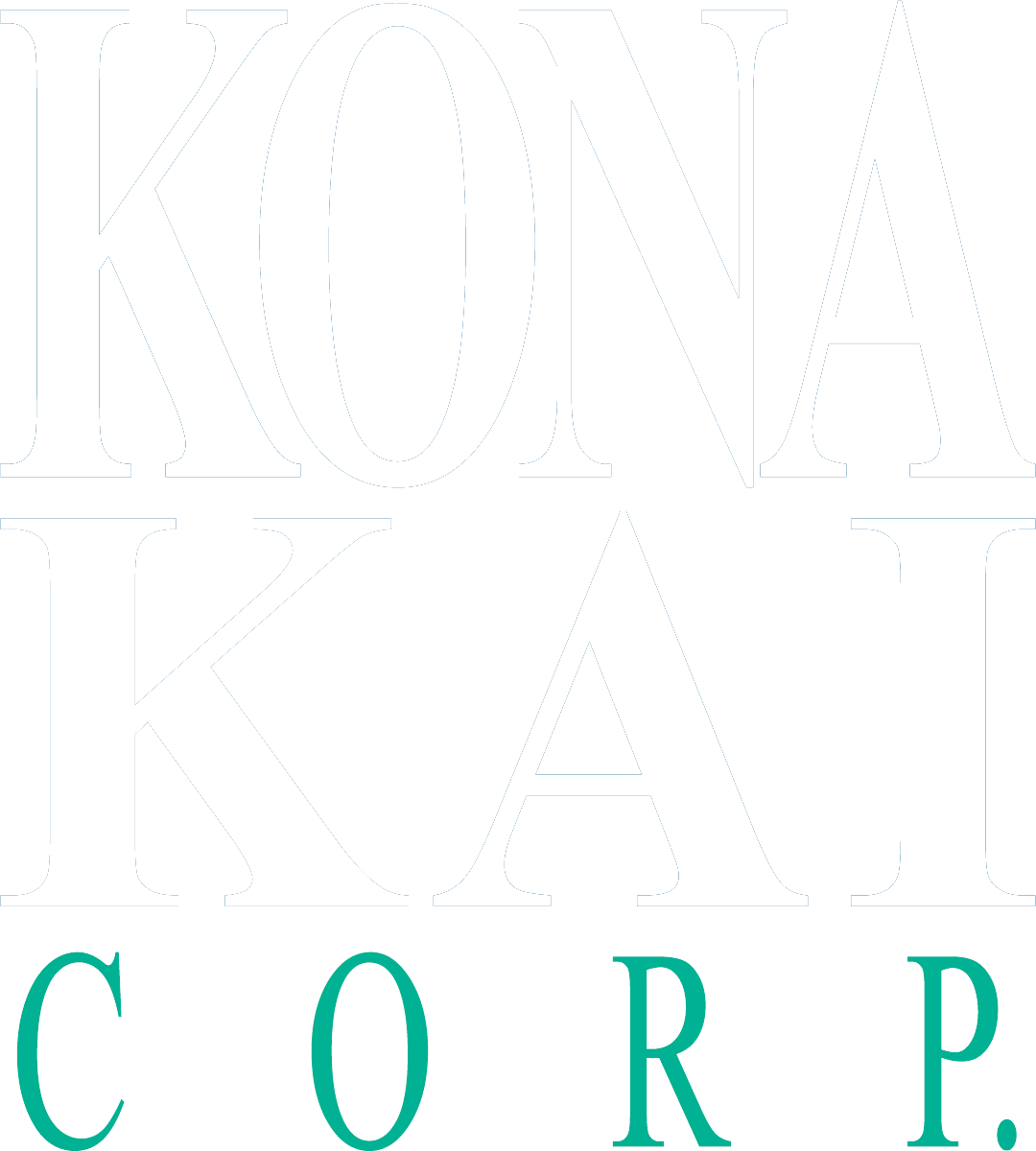Salesforce Agentforce: Your AI-Powered Personal Assistant for Internal Operations
Salesforce has long been at the forefront of digital transformation. helping organizations streamline processes, enhance customer relationships, and improve operational efficiency. Now, with the introduction of Agentforce, Salesforce is bringing AI-driven assistance to the next level, acting as an intelligent, always-on personal assistant not just for customers, but for internal teams as well.
Agentforce isn’t your typical chatbot. It’s an AI-powered agent that can be used to optimize how employees access information, automate repetitive tasks, and surface critical insights. Whether it’s an HR question, IT support request, or project update, Agentforce delivers real-time answers and operational support, eliminating manual roadblocks and empowering teams to focus on what matters most.
How Agentforce Enhances Internal Operations
1. Instant Access to Internal Knowledge
Information silos can slow down even the most efficient teams. Company policies buried in PDFs, IT guides in legacy wikis, and procedures spread across platforms make retrieving the right information tedious.
Agentforce solves this by using advanced natural language processing (NLP) to understand employee queries and pull relevant information from:
- Company handbooks
- IT & HR policies
- Training materials
- Internal FAQs
- Customer service scripts and playbooks
For example, an HR manager could ask, “What’s the process for paternity leave?” and Agentforce will instantly retrieve the latest guidelines, ensuring employees always get accurate, up-to-date answers.
2. AI-Powered Decision Support Across Departments
Beyond answering questions, Agentforce analyzes and contextualizes data to support decision-making. Teams across the organization can benefit:
- Sales & Service Teams: Instantly access escalation protocols, contract details, or SLA terms.
- HR Departments: Provide employees with quick answers about benefits, policies, or leave management.
- Project Managers: Quickly gather insights on project status, resources, and updates.
By delivering contextual, role-specific information, Agentforce acts as a real-time decision-support tool, improving speed and accuracy across the board.
3. Automating Routine Tasks
One of Agentforce’s strongest capabilities is automation. It can take care of the repetitive tasks that typically drain employee time:
- IT Support: Automate password resets, software installations, and troubleshooting.
- HR Support: Handle onboarding workflows, benefits enrollment, leave approvals, and claims processing.
- Internal Ticketing: Create and update cases in Service Cloud, ensuring seamless IT and HR request handling.
- Task Management: Schedule meetings, set reminders, and generate reports.
For instance, if an employee types, “I need help installing the latest software update,” AgentForce can deliver step-by-step instructions or trigger a ticket with the IT team—all within seconds.
4. Personalized Assistance for Every Role
AgentForce is designed to adapt to the unique needs of each department:
- Sales Reps: Retrieve customer histories, sales playbooks, or competitive insights.
- Customer Service Agents: Access troubleshooting guides, refund policies, and escalation procedures.
- HR Teams: Answer FAQs on leave policies, benefits programs, or onboarding checklists.
- IT Teams: Automate routine support tasks and monitor system health.
This tailored experience ensures that employees. regardless of role, receive relevant, role-specific support, increasing both productivity and satisfaction.
Industry-Specific Use Case
Streamlined Benefits Verification in Health Insurance
Integrating Salesforce's Agentforce into health insurance operations can significantly enhance the process of benefits verification and information retrieval. By leveraging AI capabilities, Agentforce automates the verification of patient benefits, ensuring accurate and real-time access to coverage details.
Scenario: A healthcare provider needs to confirm a patient's insurance coverage and specific benefits before proceeding with treatment.
Agentforce could automate the benefits verification process by:
- Automated Verification: Agentforce can verify pharmacy or durable medical equipment (DME) benefits using AI-powered call scripts or by directly interfacing with electronic benefits verification providers, such as Infinitus.ai. This automation helps validate insurance coverage and collect any missing information, thereby preventing delays in treatment.
- Real-Time Eligibility Checks: By integrating with electronic benefits verification providers, Agentforce can instantly check a patient's eligibility and coverage details, ensuring that healthcare providers have up-to-date information before administering services.
- AI-Generated Call Scripts: Agentforce simplifies benefits verification and information collection with AI-generated call scripts that could include patient information, insurance coverage details, and relevant questions regarding pharmacy coverage.
- Patient Benefits Summary: AgentForce can generate a summary of patient or program enrollee benefits, including patient information, insurance coverage details, copay, and deductibles.
By implementing Agentforce, health insurance companies can transform their benefits verification process, leading to more efficient operations and improved patient satisfaction.
Why Forward-Thinking Organizations Are Embracing Agentforce
Businesses are turning to AI-powered solutions like Agentforce to streamline operations, boost performance, and support their teams more effectively. Here’s how Agentforce is driving impact across leading organizations:
- Increased Efficiency & Productivity: Agentforce minimizes the time employees spend searching for information or handling repetitive tasks—freeing them to focus on higher-value, strategic initiatives.
- Reduced Onboarding & Training Time: New hires no longer need to sift through scattered documentation or wait for assistance. Agentforce is a 24/7 resource, accelerating learning curves and onboarding processes.
- Improved Compliance & Consistency: With centralized, AI-powered access to the latest policies and procedures, Agentforce helps reduce compliance risks by ensuring employees always refer to accurate information.
- Enhanced Employee Experience: AgentForce removes bottlenecks, streamlines workflows, and provides always-on support—reducing frustration and enabling teams to work smarter.
Final Thoughts
Salesforce’s Agentforce is more than an AI chatbot, it’s a transformative tool designed to elevate internal operations. By consolidating internal knowledge, automating routine processes, and offering real-time, role-specific support, Agentforce empowers employees and organizations to thrive in a fast-paced, digital world.
Adopting tools like Agentforce is only part of the equation. Real success comes from implementing them strategically. By partnering with experts like us, organizations see a 31% faster adoption rate of emerging technologies (2023 Salesforce Partner Value / AppExchange Customer Success Survey).
Our team specializes in configuring secure, regulation-ready CRM platforms that not only support Agentforce’s capabilities but also help you stay ahead of evolving compliance requirements and operational demands.
INSIGHTS












